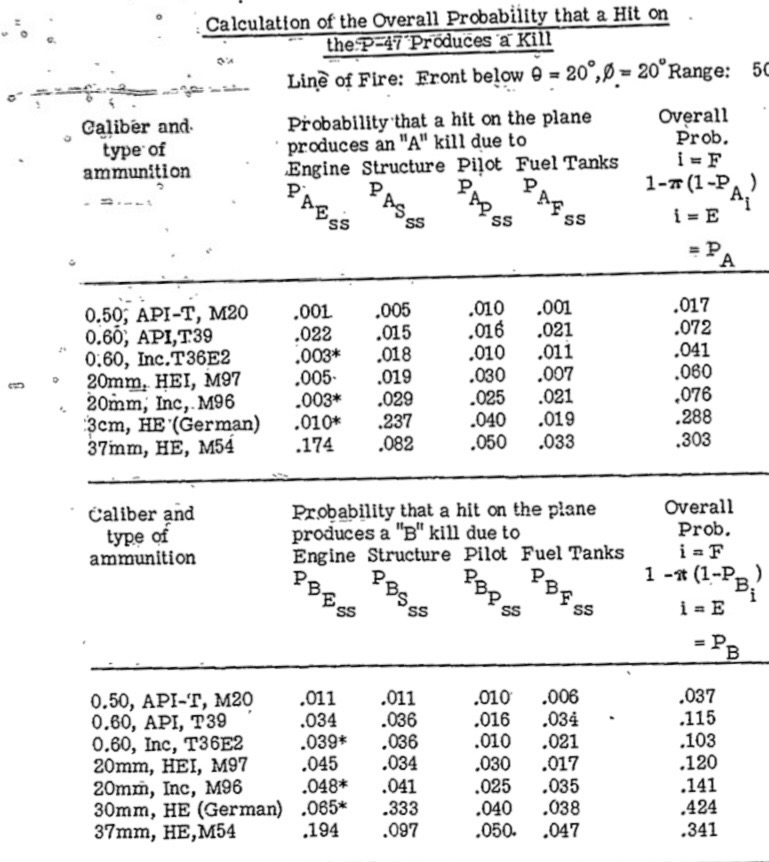I added 23mm shells for the VYa and NS-23/NR-23 cannons in comparison to some 20mm explosive shells.
Added damage comparison of blast effect against Bf 109 E wing.
Edit: Added a bit more information on other blast damage examples:
Added Italian 7.7mm API (Green tip) bullet
Added 15mm HEFI-T to 20mm comparison + 15mm HEFI-T fragmentation dispersion.
Also added shell wall thickness to compare fragmentation performance.
Added armor penetration values for AP-I shells.
Added 20mm M56 HEFI to 23mm comparison.
With this there’s now visualiation for the following post-war shells:
- 20mm M39 & M61 Vulcan (HEFI)
- 23mm NS-23 / NR-23 (HEFI, HEFI-T, API) (Same as WW2)
- 30mm ADEN/DEFA (HEI)
- 30mm GSh-30-1 (HEFI)
Added a summary of explosive damage. It’s notable that Mineshells outperform explosive shells when it comes to structural damage to wings.
Added a comparison of explosive shells and Mineshells for taking out large bombers.
Of course it’s a simplification, since many factors influence the results.
Added .50cal API
Crazy to think that that little I tip of the AP-I Cal. .50 has a greater firechance in game than some bigger Incendary rounds.
Indeed. Proportions of incendiary chance and damage are completely blown out of the water and Incendiary bullets or shells have no clear advantage over API in War Thunder.
There either needs to be a system that bases incendiary chance and damage on caliber and ammunition type or incendiary content needs to be modeled.
I would prefer the later, for more accurate depiction of ammunition.
Spoiler

.50cal API-T with 1.16g Incendiary filler only has a 0.6% chance to cause a kill within 5 minutes with damage to fuel tanks and structure.
20mm M96 with 10.8g Incendiary filler has a 5% chance in comparison. Thats more than 8 times the likeliness.
Changed MG 151/20 API penetration from 20mm to 24mm.
Compared to the softer APHE and the regular AP, the API was hardened to a greater degree.
Presumably to make the shell break appart more easily, to release the WP, which also increased the penetration performance.